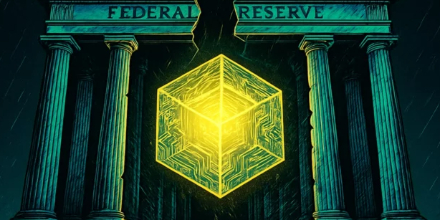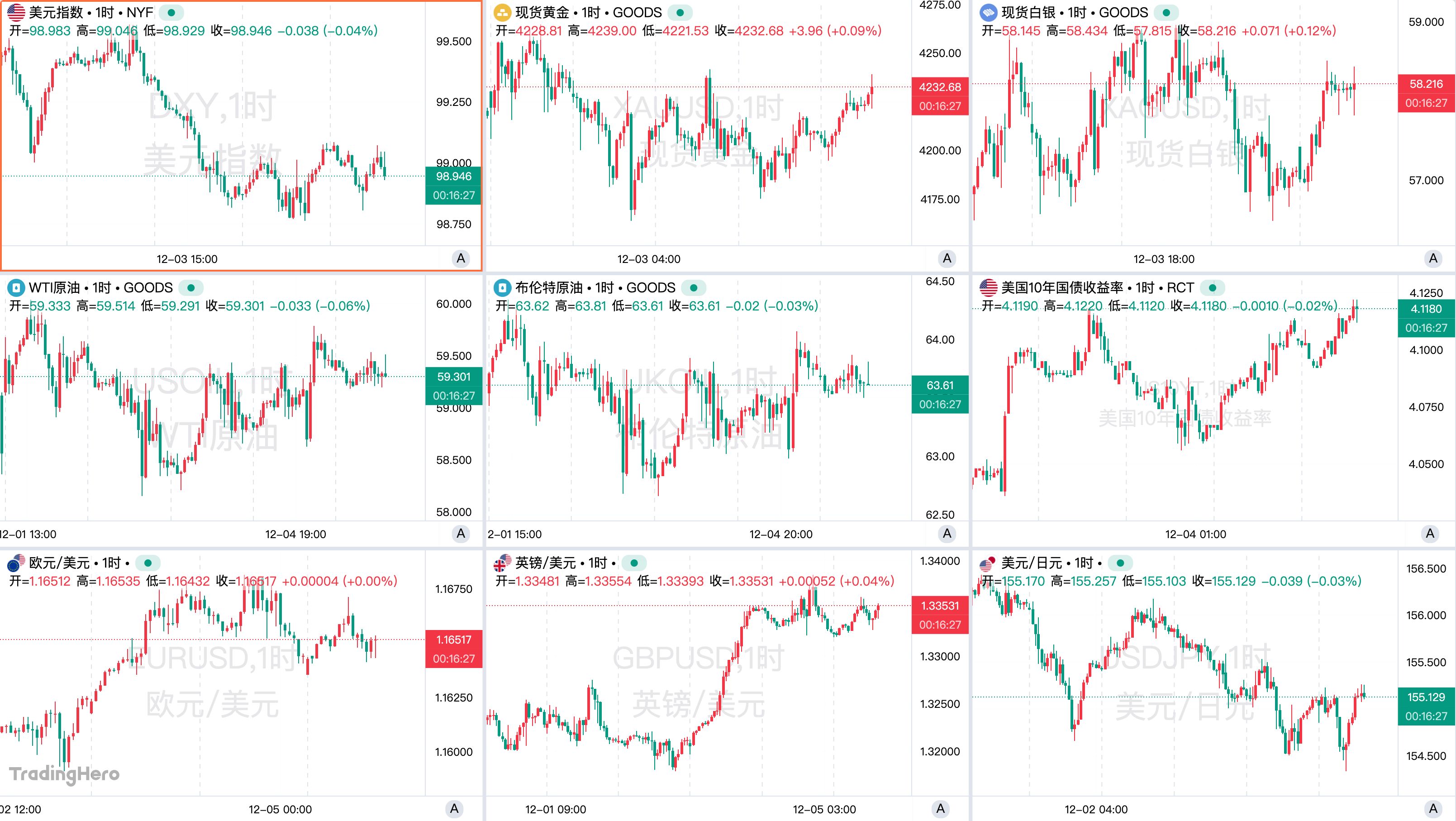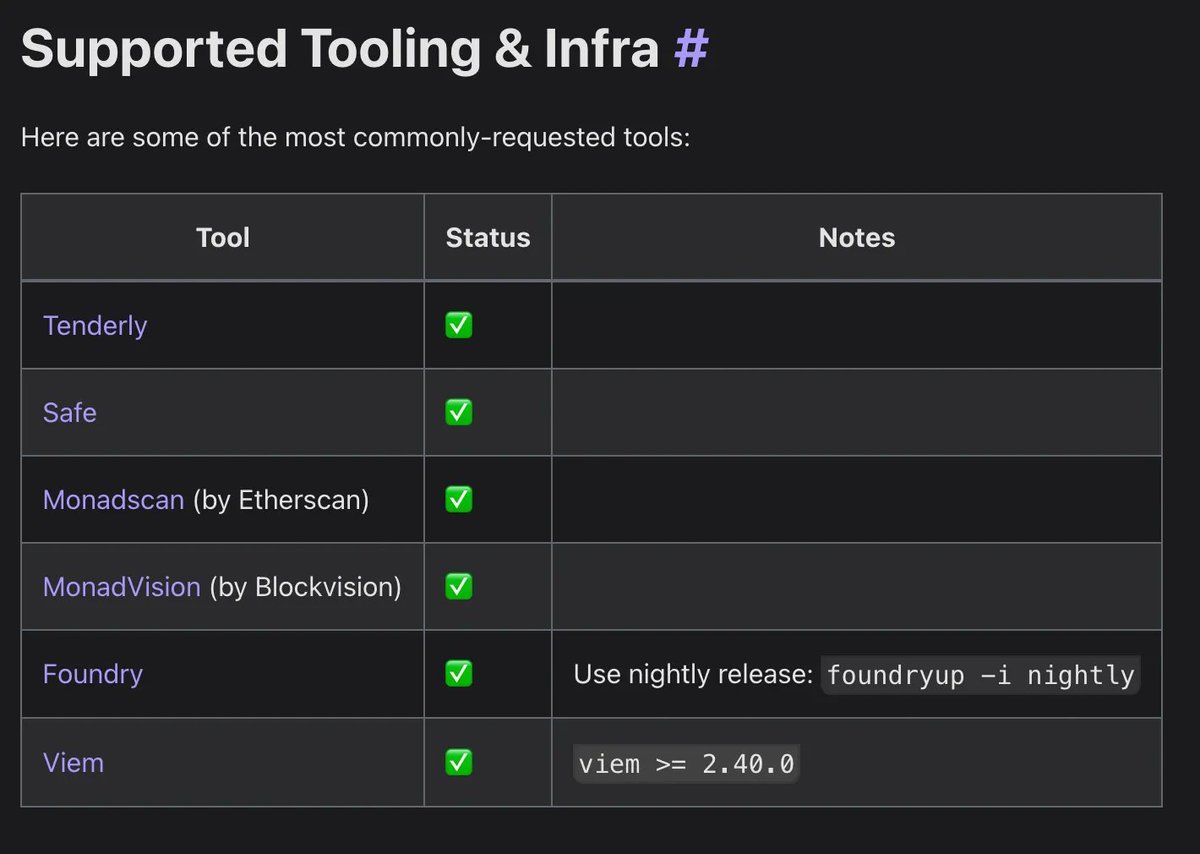In the fast-paced world of cryptocurrencies, where innovation often outpaces regulation, bombshell allegations can send ripples across the entire industry. Recently, a prominent blockchain security researcher, ZachXBT, dropped a claim that has put one of the biggest names in stablecoins, Circle, directly in the spotlight. The core of the controversy? Allegations that USDC North Korea usage is rampant among North Korean IT workers, and that Circle, despite its public commitment to compliance, might be turning a blind eye. This isn’t just about a few transactions; it raises critical questions about the efficacy of current compliance frameworks in the digital asset space and the broader implications for global sanctions enforcement. Are stablecoins becoming an unwitting tool for illicit activities, and what does this mean for the future of regulated crypto?
Unpacking the Allegations: Is USDC North Korea‘s Preferred Payment Rail?
ZachXBT, known for his meticulous on-chain investigations and exposing various scams and illicit activities in the crypto world, made a bold assertion via a post on X (formerly Twitter). He claimed that North Korean IT workers are primarily utilizing Circle’s USDC stablecoin to facilitate their payments. For those unfamiliar, North Korean IT workers are often deployed globally, sometimes under deceptive pretenses, to earn foreign currency that is then funneled back to the regime, circumventing international sanctions. The use of cryptocurrencies, especially stablecoins, offers a perceived advantage of speed, lower transaction costs, and a degree of anonymity compared to traditional banking channels.
The specific accusation against Circle is not just that USDC is being used, but that the company is allegedly failing to detect or freeze these transactions, despite its public emphasis on robust compliance efforts. USDC, as a centralized stablecoin, is issued and redeemed by Circle, which means the company theoretically has the power to freeze addresses and prevent transactions if they are deemed illicit or in violation of sanctions. This power is often touted as a key advantage for regulatory compliance compared to decentralized cryptocurrencies like Bitcoin or Ethereum. If ZachXBT’s claims hold true, it suggests a significant gap in the enforcement of these controls, potentially allowing a sanctioned regime to operate with relative ease within the crypto ecosystem. The prevalence of USDC North Korea transactions, if proven, would represent a serious breach of international financial protocols.
The Core Challenge: Circle Sanctions Compliance Under Scrutiny
Circle, the issuer of USDC, has consistently positioned itself as a leader in regulatory compliance within the crypto space. They frequently highlight their adherence to AML (Anti-Money Laundering) and KYC (Know Your Customer) regulations, working closely with law enforcement and government agencies. Their public statements emphasize a commitment to preventing illicit finance and maintaining the integrity of the financial system. So, why are these allegations surfacing now, and what makes Circle Sanctions Compliance particularly challenging in this context?
The challenge lies in the nature of blockchain transactions. While transactions are publicly visible on the blockchain, identifying the real-world entities behind addresses requires sophisticated analysis and often relies on off-chain information. North Korean IT workers are notoriously adept at obfuscating their identities, using shell companies, VPNs, and various techniques to hide their true origins and purposes. Even with robust KYC/AML checks at the initial onboarding stage, funds can be moved through various intermediaries, mixers, or decentralized exchanges (DEXs) to obscure their trail. Furthermore, simply knowing an address is linked to North Korea is one thing; proving it definitively to freeze funds requires legal justification and a high degree of certainty, which can be time-consuming.
Here’s a simplified look at the compliance challenges for centralized vs. decentralized crypto entities:
| Control over Funds | Can freeze accounts/assets, reverse transactions (under specific conditions). | Cannot directly freeze or reverse transactions; control lies with private key holders. |
| KYC/AML Implementation | Mandatory for onboarding and often for high-value transactions. | Not inherently built into the protocol; relies on user behavior and third-party services. |
| Sanctions Enforcement | Direct responsibility to comply with OFAC and other sanctions lists. | Indirect; relies on exchanges/services interacting with the blockchain. |
| Transparency | Internal ledgers are private; on-chain transactions are public. | All transactions are public on the blockchain. |
This table highlights why centralized stablecoins like USDC are under particular pressure to demonstrate robust Circle Sanctions Compliance. Their ability to act directly on suspicious addresses makes them a key point of control for regulators.
Safeguarding the Ecosystem: The Role of Cryptocurrency Security Experts
ZachXBT’s work is a prime example of the vital role played by independent blockchain security researchers and analysts. In an ecosystem where financial activity is increasingly transparent on the ledger but opaque in terms of real-world identities, these experts act as digital detectives. They meticulously trace funds, identify patterns, and link on-chain addresses to real-world entities, often uncovering illicit activities that might otherwise go unnoticed. Their contributions are crucial for enhancing overall cryptocurrency security.
The methodologies employed by these researchers often involve:
- On-chain Analysis: Tracing transaction flows across different addresses, protocols, and blockchains.
- Pattern Recognition: Identifying unusual transaction volumes, timing, or sequences indicative of illicit activity.
- OSINT (Open Source Intelligence): Cross-referencing on-chain data with publicly available information from social media, forums, and news reports.
- Wallet Profiling: Building profiles of suspicious addresses and linking them to known entities or criminal groups.
These efforts not only expose bad actors but also provide valuable intelligence to law enforcement and compliance teams within crypto companies. Without such vigilant oversight from the broader community, the crypto space would be far more susceptible to exploitation. The continuous evolution of illicit techniques means that cryptocurrency security is an ongoing arms race, requiring constant innovation and collaboration.
Navigating the Landscape: What Do Stablecoin Regulations Mean for the Future?
The allegations against Circle come at a time when global regulators are intensifying their focus on stablecoins. Governments worldwide are increasingly concerned about stablecoins’ potential use in illicit finance, their systemic risk to traditional financial systems, and their role in facilitating sanctions evasion. The debate around stablecoin regulations is heating up, with different jurisdictions proposing various frameworks, from strict banking-like oversight to more tailored approaches.
This incident, if substantiated, could accelerate the push for stricter rules. Regulators might demand:
- Enhanced Due Diligence: More stringent KYC/AML checks, not just at onboarding but throughout the customer lifecycle.
- Real-time Monitoring: Requirements for stablecoin issuers to implement more sophisticated real-time transaction monitoring systems.
- Faster Response Times: Mandates for quicker action on suspicious transactions and freezing of assets linked to sanctioned entities.
- Interoperability of Sanctions Lists: Better integration of global sanctions lists (like OFAC’s SDN list) into blockchain analytics tools and company compliance protocols.
The challenge for regulators is to strike a balance: ensuring financial stability and preventing illicit activities without stifling innovation. However, incidents like the alleged USDC North Korea usage strengthen the argument for more robust and globally coordinated stablecoin regulations. Companies like Circle are walking a tightrope between maintaining the decentralized ethos of crypto and meeting the stringent demands of traditional financial compliance.
Beyond the Headlines: The Power of Blockchain Investigations
The ZachXBT claim underscores the growing importance of specialized blockchain investigations. These aren’t just for law enforcement anymore; they are becoming a crucial tool for compliance teams, financial institutions, and even individual investors looking to understand the provenance of funds or the legitimacy of projects. The transparency of public blockchains, while sometimes seen as a privacy concern, is also its greatest strength for forensic analysis.
For companies operating in the crypto space, robust blockchain investigation capabilities are no longer optional. They are essential for:
- Risk Management: Identifying and mitigating exposure to illicit funds or sanctioned entities.
- Compliance: Demonstrating adherence to regulatory requirements and international sanctions.
- Reputation Protection: Quickly responding to allegations of illicit activity and proving due diligence.
- Fraud Detection: Uncovering scams, hacks, and money laundering schemes.
While ZachXBT operates as an independent researcher, his work highlights a critical gap that companies themselves must fill. The ability to proactively identify and act on suspicious patterns, especially concerning state-sponsored illicit finance, is paramount. This requires significant investment in technology, skilled personnel, and continuous adaptation to new evasion tactics. The future of a trustworthy crypto ecosystem heavily relies on the effectiveness and widespread adoption of advanced blockchain investigations.
A Call for Greater Vigilance in the Crypto Frontier
The allegations regarding North Korean use of USDC serve as a stark reminder of the persistent challenges in enforcing global sanctions within the decentralized, yet increasingly centralized, world of cryptocurrencies. While companies like Circle strive for compliance, the ingenuity of bad actors, particularly state-sponsored ones, continues to test the limits of current systems. This incident underscores the critical need for continuous innovation in blockchain forensics, stronger collaboration between private entities and law enforcement, and a clear, globally coordinated approach to stablecoin regulation. As the digital economy evolves, so too must our tools and frameworks for ensuring its integrity and security. The battle against illicit finance in the crypto space is far from over, and vigilance remains our most powerful weapon.
To learn more about the latest crypto market trends, explore our article on key developments shaping stablecoin regulations and institutional adoption.




